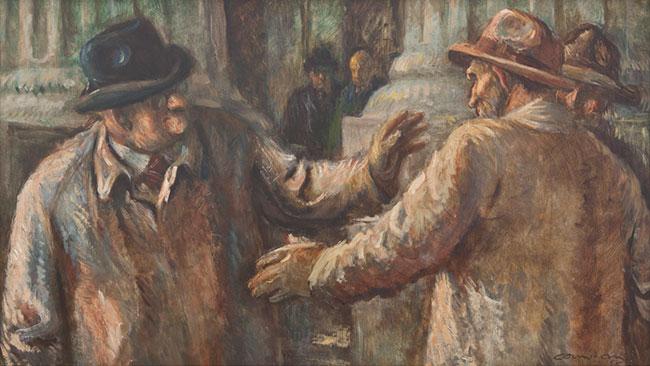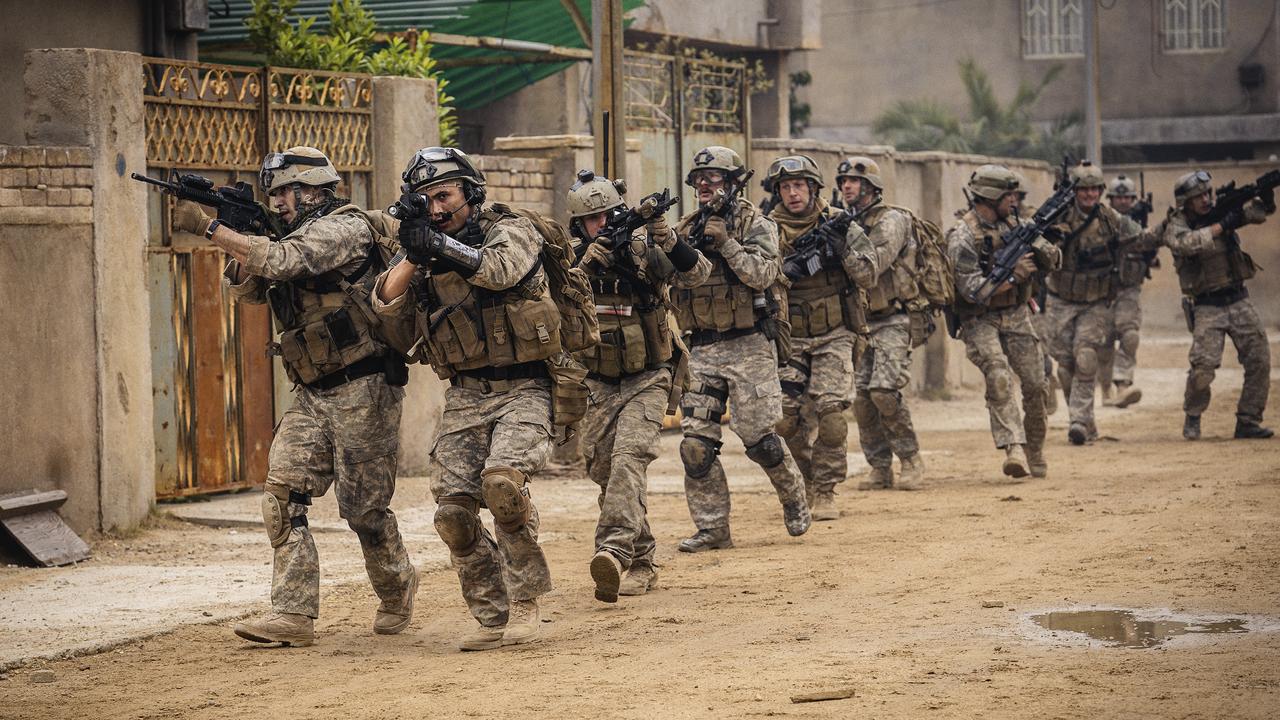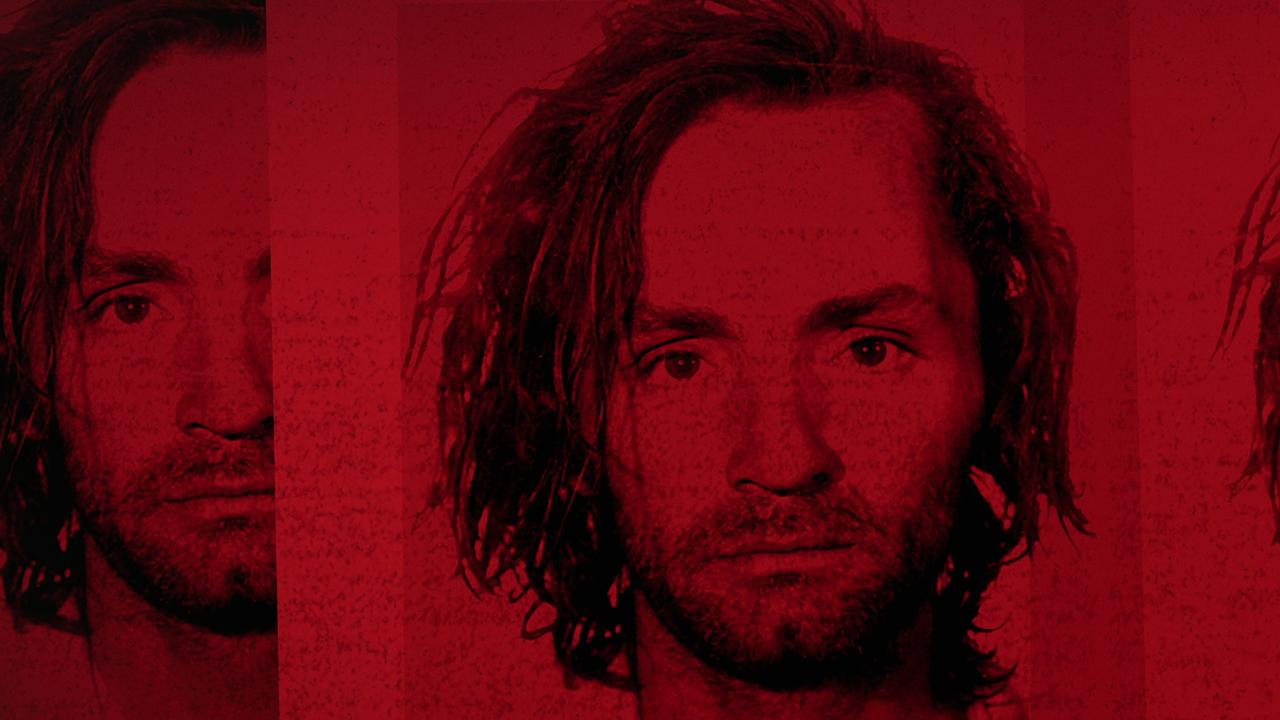Painter Noel Counihan was a man of the people
NOEL Counihan was so passionate about his art and his politics that he believed the two should not be separated.

NOEL Counihan was so passionate about his art and his politics that he believed the two should not be separated. As a result, he was often arrested when he took part in political demonstrations or when he addressed street meetings about the appalling conditions of the unemployed.
On one such occasion, in Melbourne in 1933, he locked himself behind the iron bars of a disused elevator that he had hoisted on to the back of a truck. While the police tried to smash in the elevator to arrest him, he managed to address a street meeting for 30 minutes. According to historian Bernard Smith, the event became legendary in the fight for free speech during the Depression.
Counihan, who was born in 1913 in Melbourne, was only 16 when he first attended evening classes at the National Gallery of Victoria and began hanging out with left-wing painters, writers and musicians. He read Nietzsche, Marx and Engels, but his father, angry at his son's politics, burned many of the books. So Counihan left home and joined the Communist Party of Australia. To earn a living, he worked as a pencil portraitist and press cartoonist. He didn't learn to paint until 1941, while convalescing for a year from tuberculosis at a sanatorium. Often described as a social realist painter, he is known for his intense depiction of people in depressing or squalid conditions, such as in the industrial slums of Sydney or Melbourne, or in coalmines.
Counihan's dedication to a realistic portrayal of coalminers' conditions during World War II was such that every day for a month he went down the pits with his sketchbook. For light, he wore a helmet, and worked in wet, dripping areas so narrow that the distance between the roof and the ground was only 45cm.
He believed art only really comes from one's own experience of life. In an interview he said he endeavoured to "reach the most important, most suggestive social subject matter by digging into the depths of our intimate individual experience".
One of Counihan's paintings is on display at the Art Gallery of Ballarat and when I visit the gallery I'm shown On Parliament Steps by director Gordon Morrison, who explains that this picture won the prestigious George Crouch Memorial Prize in 1956.
"Giving the prize to a card-carrying member of the Australian Communist Party would actually have taken some courage," says Morrison. "There would have been a lot of people who would have thought it was an outrageous decision. It was Eric Westbrook, who had just started as director of the National Gallery of Victoria, who made that decision."
Morrison says On Parliament Steps depicts William Barry, a Victorian Labor Party politician, who was a staunch anti-communist. In 1955, Barry was expelled from the Labor Party and became leader of the Anti-Communist Labor Party, later the Democratic Labor Party. During a session of parliament, Barry led his breakaway group across the floor in support of a no-confidence motion that brought down the Labor government of John Cain Sr. As a result of this perceived treachery, 30 pieces of silver were thrown at Barry's feet. He also received dead rats in the mail.
"This work really encapsulates that feeling of the drama of parliament at that point in time," says Morrison. "Counihan is an artist who I have a great deal of respect for. For many of the painters who'd broken away from respectable society in the 1920s and 30s, things like Czechoslovakia in 1968 were deeply troubling, but Counihan, who died in 1986, kept his convictions right to the very end and those convictions were about looking after the person on the street."
Noel Counihan, On Parliament Steps (1955). Collection Art Gallery of Ballarat. Winner of the George Crouch Memorial Prize, 1956. On display, Art Gallery of Ballarat, Victoria.


